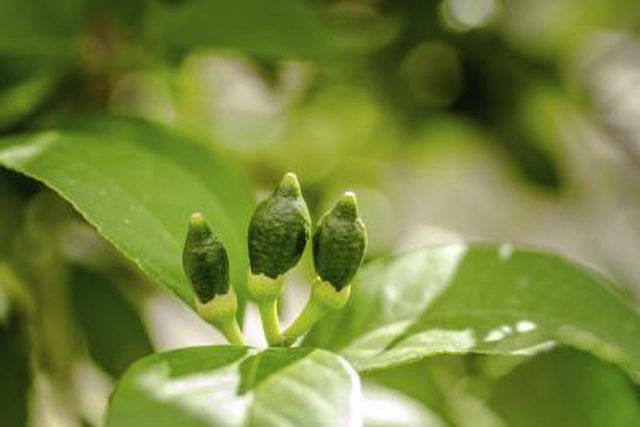Bulbs
Flower Basics
Flower Beds & Specialty Gardens
Flower Garden
Garden Furniture
Garden Gnomes
Garden Seeds
Garden Sheds
Garden Statues
Garden Tools & Supplies
Gardening Basics
Green & Organic
Groundcovers & Vines
Growing Annuals
Growing Basil
Growing Beans
Growing Berries
Growing Blueberries
Growing Cactus
Growing Corn
Growing Cotton
Growing Edibles
Growing Flowers
Growing Garlic
Growing Grapes
Growing Grass
Growing Herbs
Growing Jasmine
Growing Mint
Growing Mushrooms
Orchids
Growing Peanuts
Growing Perennials
Growing Plants
Growing Rosemary
Growing Roses
Growing Strawberries
Growing Sunflowers
Growing Thyme
Growing Tomatoes
Growing Tulips
Growing Vegetables
Herb Basics
Herb Garden
Indoor Growing
Landscaping Basics
Landscaping Patios
Landscaping Plants
Landscaping Shrubs
Landscaping Trees
Landscaping Walks & Pathways
Lawn Basics
Lawn Maintenance
Lawn Mowers
Lawn Ornaments
Lawn Planting
Lawn Tools
Outdoor Growing
Overall Landscape Planning
Pests, Weeds & Problems
Plant Basics
Rock Garden
Rose Garden
Shrubs
Soil
Specialty Gardens
Trees
Vegetable Garden
Yard Maintenance
How to Grow Meyer Lemon Trees
How to Grow Meyer Lemon Trees. A native of China, the Meyer lemon (Citrus × meyeri) is a diminutive evergreen tree notable for its large, thin-skinned lemons, which are unusually sweet and juicy when compared to other lemon varieties. The tree also offers lustrous dark green leaves and fragrant white blooms. The Meyer lemon is both attractive...

A native of China, the Meyer lemon (Citrus ? meyeri) is a diminutive evergreen tree notable for its large, thin-skinned lemons, which are unusually sweet and juicy when compared to other lemon varieties. The tree also offers lustrous dark green leaves and fragrant white blooms. The Meyer lemon is both attractive and functional, producing blooms and fruits in abundance when provided with the proper cultural care.
Plant Where Hardy
The most cold-hardy of all lemons, Meyer lemon is suitable for U.S. Department of Agriculture plant hardiness zones 9 to 11, Meyer lemon thrives with daytime temperatures in the low 70s and nighttime temperatures in the high 50s on the Fahrenheit scale. The tree is generally not frost-tolerant, though it will tolerate temperatures around 32 degrees Fahrenheit briefly. Where not hardy, the tree may be grown indoors next to a sunny windowsill and moved outdoors in late spring and summer. Meyer lemons do poorly in humid, tropical climates.
Choose a Sunny Site
Though Meyer lemon will tolerate light shade, optimum flowering and fruiting will occur in a location with full sunlight. Consider planting the tree next to the south or southeast side of the house, as this will offer some cold protection. Because Meyer lemon may develop a canopy up to 8 feet wide, provide at least 8 feet of space between structures or other trees. Keep the area around the tree free from weeds and grass, which compete with the tree for nutrients. Avoid planting the lemon in windy areas.
Fertilize Sparingly
Lemons are not picky about soil, so long as it is well-draining. A sandy, neutral soil is ideal. For indoor plants, use an all-purpose potting soil. Only use a container with a hole in the bottom for drainage. Water regularly to keep the soil moist but not waterlogged or flooded. Mist indoor plants daily in the winter to make up for dry air. Take 1 cup of ammonium sulfate, or 21-0-0 fertilizer, and split it into two or three applications to use throughout the growing season, starting with the first application in spring after new growth emerges. Sprinkle fertilizer directly on the soil and water thoroughly. Use 2 cups the next year, and 3 the year after that. Store unused fertilizer in a secure location away from children and pets.
Keep Pruning Light
Lightly prune dead, diseased and broken branches and growth throughout the growing season to help keep the tree looking tidy and to prevent disease and promote air circulation. Disinfect pruning equipment afterward by soaking tools in a solution that is half alcohol and half water for five minutes, rinsing with water and leaving to air-dry. Fungal diseases such as scab and anthracnose, and pests such as mites, whiteflies, leafrollers, aphids and scale, may be treated by spraying the tree evenly with neem oil. Mix 2 tablespoons of oil with 1 gallon of water and spray with a handheld or hose sprayer until the tree is completely wet. Apply every seven to 14 days. Store unused oil away from direct sunlight and food products, in a location inaccessible to children and pets.